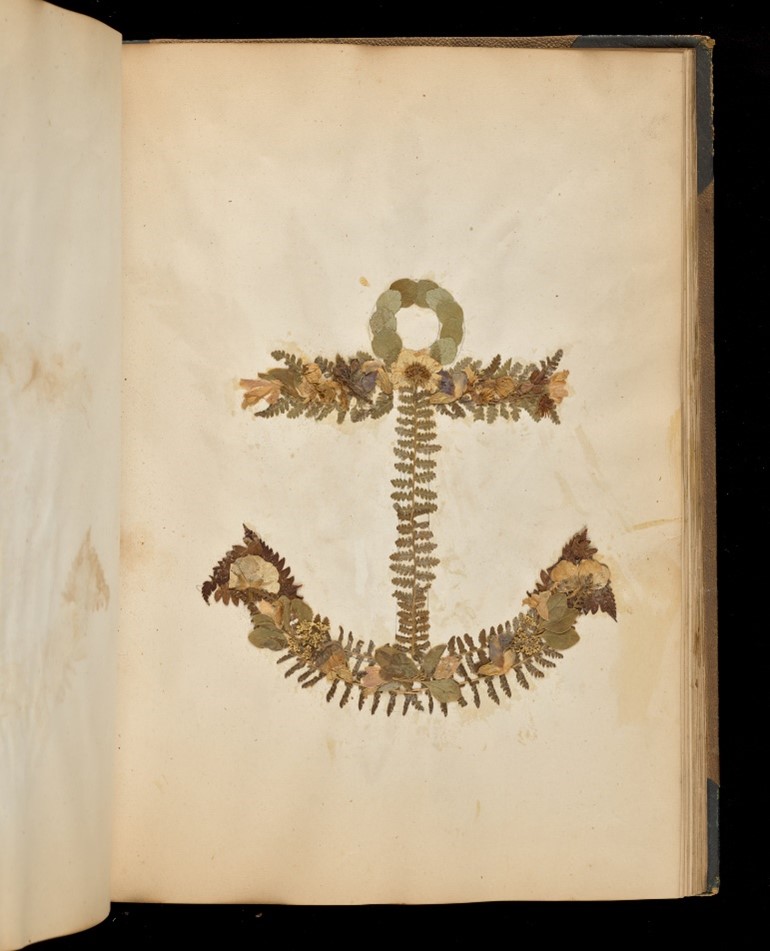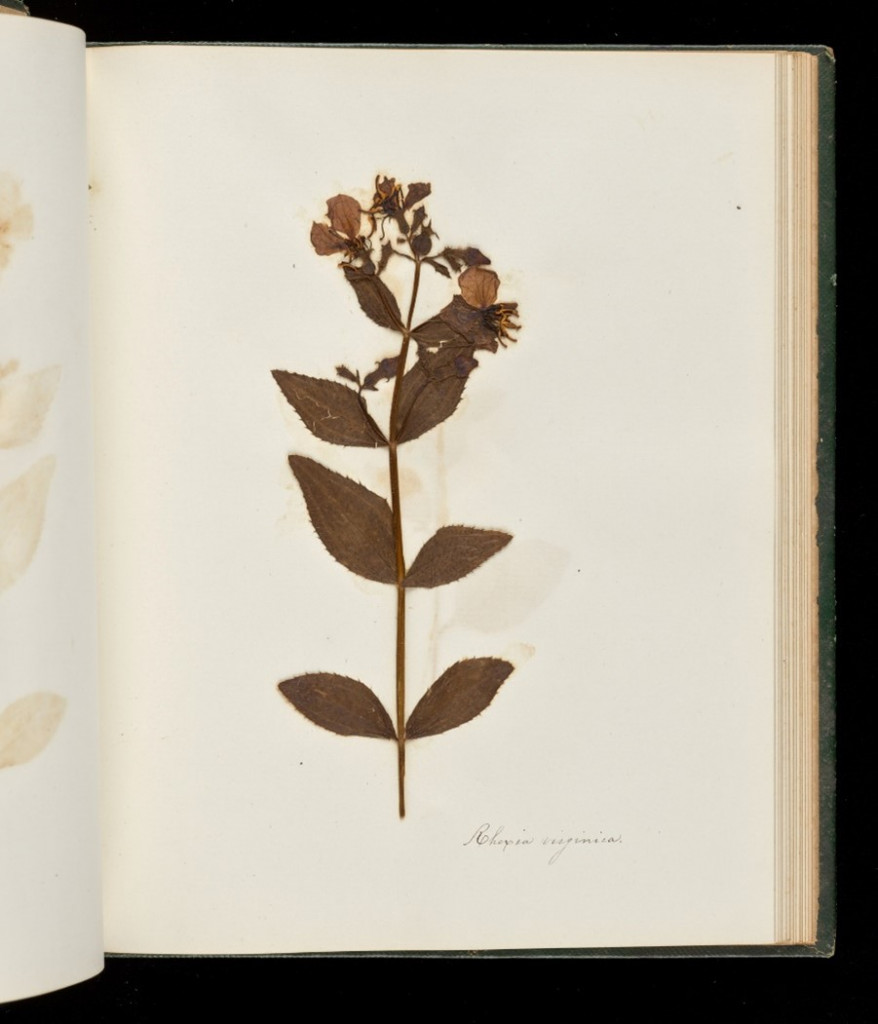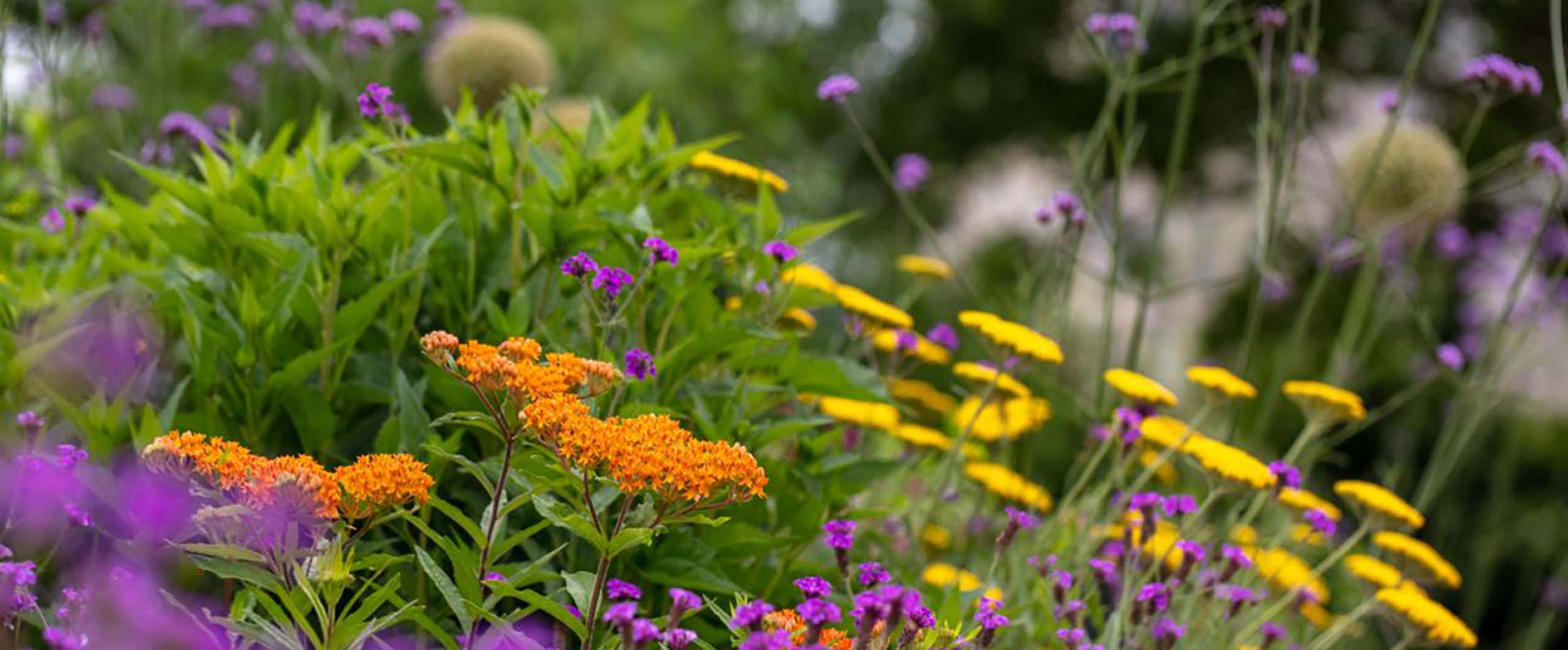Back to School: Lessons in Botany
Back to school…Before “Natural Sciences” classes were taught in high schools, Botany (the study of plants) was considered its own course of study for students. Botany was included in high-school curriculums as early as the 1800’s. In the nineteenth century, it was often covered in a half- or full-year course in the second year of high school. The first widely used botany textbook, Familiar Lectures on Botany, was written in 1829 by a botanist, Almira Hart Lincoln Phelps, and over the next 40 years, it was reprinted 39 times thanks to its popularity. Botany classes covered plant morphology, classification, and the economic value of plants for food, fuel, and materials. Students learned how plants take in energy, grow, and reproduce, as well as their life cycles and structures from textbook readings, observation, and dissection under a microscope.
Throughout the nineteenth century, an essential part of the botany curriculum centered around the creation of an herbarium. Students were instructed how to collect plant specimens, then to press and mount them on sheets of paper in notebooks and label them with information such as the scientific and family names of the plant species and the location and date of collection. The specimens were displayed to carefully illustrate the major characteristics of the plants including both sides of the floral structures and leaves. They were sometimes arranged in symbolic shapes or decorative patterns.
Four schoolgirls’ botanical albums from the nineteenth century were recently donated to Smithsonian Gardens and three of them are fully digitized and available online. (The fourth album was in too fragile a condition to handle and will require conservation treatment before it can be digitized.) The survival of these herbariums offers an idea of the enjoyment and pride students felt for their personal pressed flower albums. For these young women, a school project became a treasured memento that was passed down to successive generations and now, in Smithsonian Gardens’ museum collection, are objects of study in the history of botanical arts.
Explore the floral albums recently digitized by the Smithsonian’s Digitization Program Office with funding American Women’s History Initiative Pool, administered by the Smithsonian American Women’s History Museum:

Writings and pressed plants (identified) created by S. A. Sherman in 1850. Smithsonian Gardens Horticultural Artifacts
Collection, Accession # 2023.001.002

Pressed plants (identified) created by Clara L. Stevens circa 1869-1870. This album includes an article on a class day in May 1870 at Portland High School in Maine pasted inside the front cover. Smithsonian Gardens Horticultural Artifacts Collection, Accession # 2023.001.003

Pressed plants in album created by M. Louise Barron, September 1856. Smithsonian Gardens Horticultural Artifact Collection, Accession # 2023.001.004

